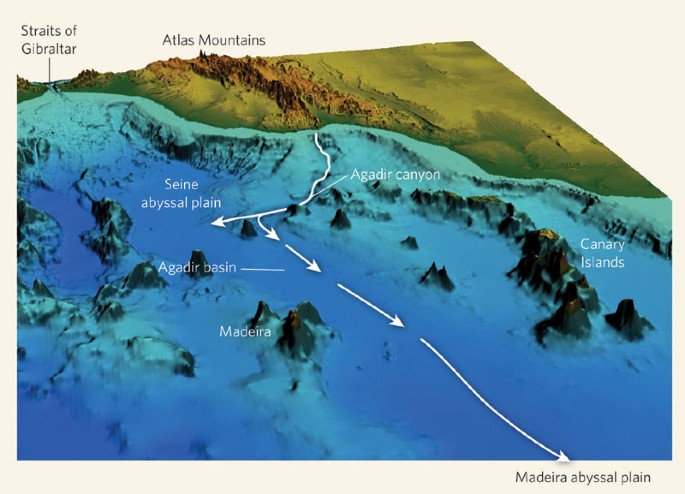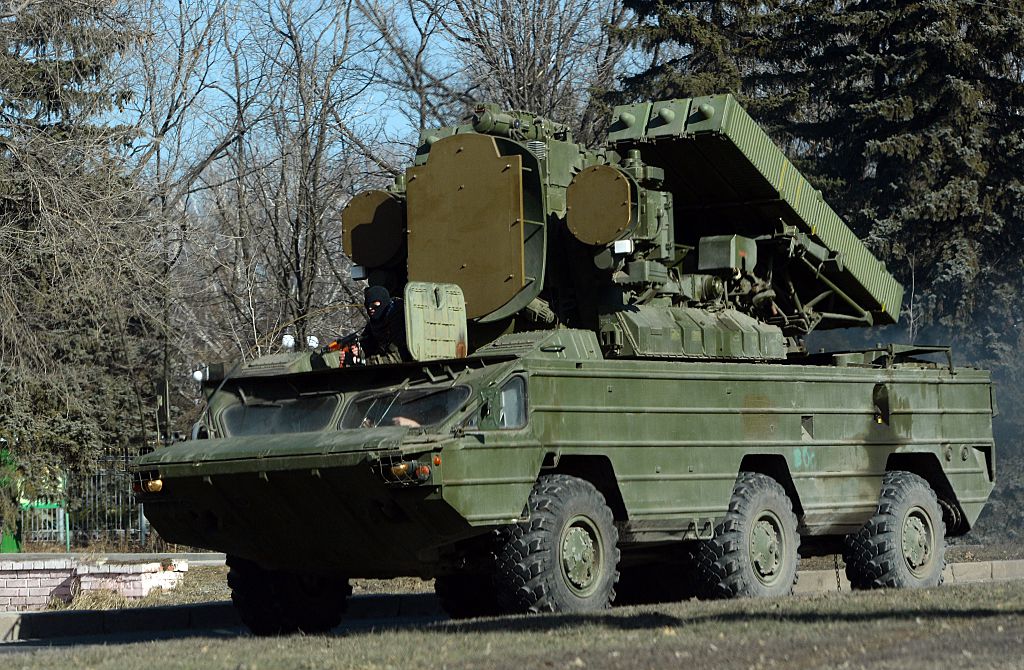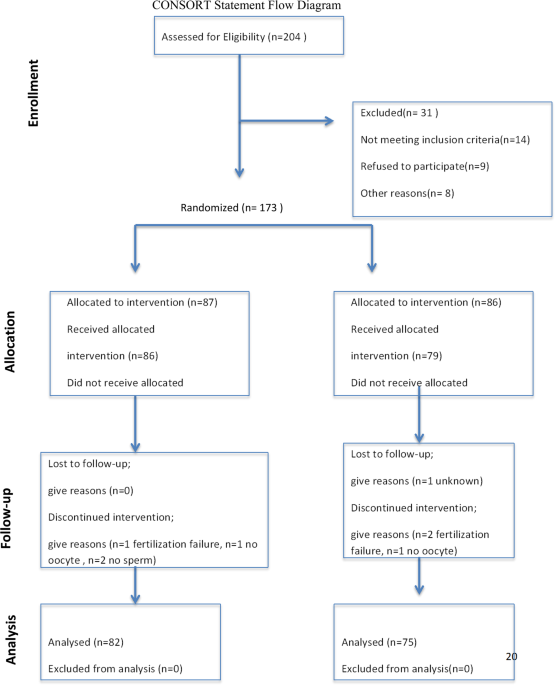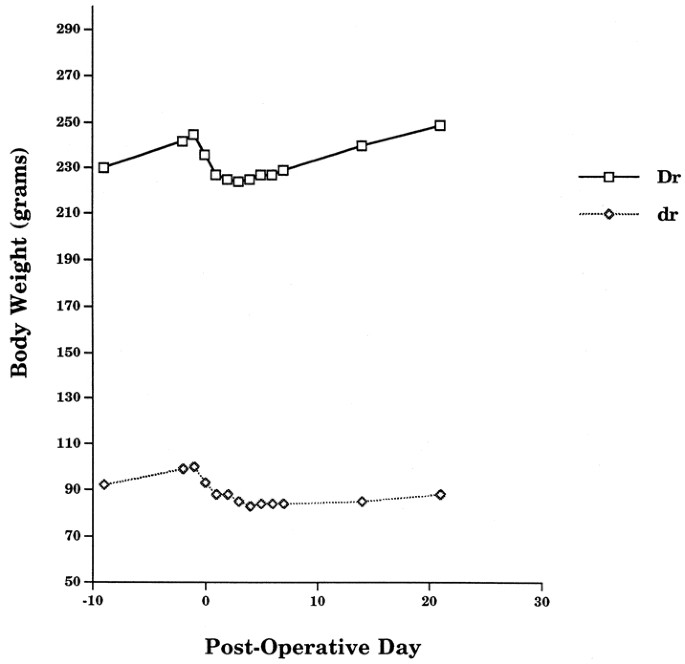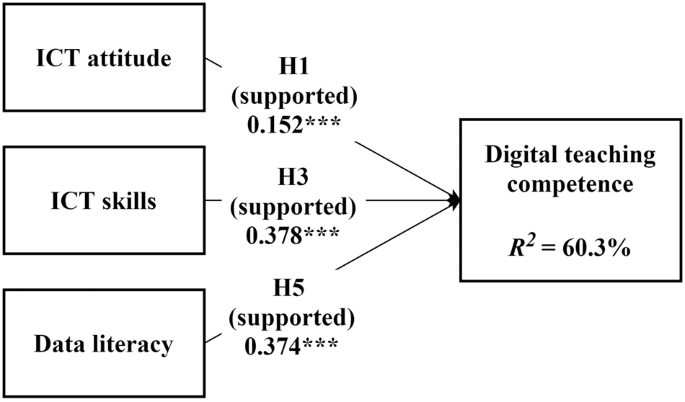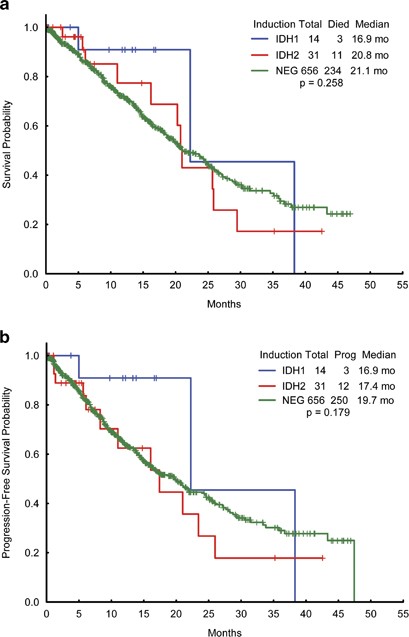
- Select a language for the TTS:
- UK English Female
- UK English Male
- US English Female
- US English Male
- Australian Female
- Australian Male
- Language selected: (auto detect) - EN
Play all audios:
Access through your institution Buy or subscribe Recurrent pathogenic mutations in _IDH1_ and _IDH2_ at the conserved amino acid sites _IDH1-R132_, _IDH2-R140_ and _IDH2-R172_ occur in ~20%
of patients with acute myeloid leukemia (AML).1 A recent analysis of AML patients at our institution identified _IDH1/2_ mutations in 20% (_n_=167) of 826 AML patients, with _IDH1/2_
mutations occurring most frequently in the setting of diploid karyotype or other intermediate-risk cytogenetics, particularly trisomy 8 (77 vs 53%, _P_<0.0005). AML patients with _IDH1/2_
mutations were overall less likely to have a diagnosis of therapy-related AML (8 vs 17%, _P_=0.003).2 Compared with their frequency in AML, _IDH1/2_ mutations are less common in
myelodysplastic syndromes (MDS), occurring in ~5% of MDS patients, although an incidence as high as 12% has been reported.3, 4, 5, 6, 7, 8 Although _IDH1/2_ mutations are thought to
represent early ‘driver’ events in leukemogenesis with mutational stability over time, reports of _IDH1/2_ acquisition at the time of leukemic transformation in patients with
myeloproliferative neoplasms and MDS have been described.3, 9, 10 This is a preview of subscription content, access via your institution ACCESS OPTIONS Access through your institution
Subscribe to this journal Receive 12 print issues and online access $259.00 per year only $21.58 per issue Learn more Buy this article * Purchase on SpringerLink * Instant access to full
article PDF Buy now Prices may be subject to local taxes which are calculated during checkout ADDITIONAL ACCESS OPTIONS: * Log in * Learn about institutional subscriptions * Read our FAQs *
Contact customer support REFERENCES * Im AP, Sehgal AR, Carroll MP, Smith BD, Tefferi A, Johnson DE _et al_. DNMT3A and IDH mutations in acute myeloid leukemia and other myeloid
malignancies: associations with prognosis and potential treatment strategies. _Leukemia_ 2014; 28: 1774–1783. Article CAS Google Scholar * DiNardo CD, Ravandi F, Agresta S, Konopleva M,
Takahashi K, Kadia T _et al_. Characteristics, clinical outcome and prognostic significance of IDH mutations in AML. _Am J Hematol_ 2015; 90: 732–736. Article CAS Google Scholar *
Pardanani A, Patnaik MM, Lasho TL, Mai M, Knudson RA, Finke C _et al_. Recurrent IDH mutations in high-risk myelodysplastic syndrome or acute myeloid leukemia with isolated del(5q).
_Leukemia_ 2010; 24: 1370–1372. Article CAS Google Scholar * Kosmider O, Gelsi-Boyer V, Slama L, Dreyfus F, Beyne-Rauzy O, Quesnel B _et al_. Mutations of IDH1 and IDH2 genes in early and
accelerated phases of myelodysplastic syndromes and MDS/myeloproliferative neoplasms. _Leukemia_ 2010; 24: 1094–1096. Article CAS Google Scholar * Thol F, Weissinger EM, Krauter J,
Wagner K, Damm F, Wichmann M _et al_. IDH1 mutations in patients with myelodysplastic syndromes are associated with an unfavorable prognosis. _Haematologica_ 2010; 95: 1668–1674. Article
CAS Google Scholar * Rocquain J, Carbuccia N, Trouplin V, Raynaud S, Murati A, Nezri M _et al_. Combined mutations of ASXL1, CBL, FLT3, IDH1, IDH2, JAK2, KRAS, NPM1, NRAS, RUNX1, TET2 and
WT1 genes in myelodysplastic syndromes and acute myeloid leukemias. _BMC Cancer_ 2010; 10: 401. Article Google Scholar * Lin CC, Hou HA, Chou WC, Kuo YY, Liu CY, Chen CY _et al_. IDH
mutations are closely associated with mutations of DNMT3A, ASXL1 and SRSF2 in patients with myelodysplastic syndromes and are stable during disease evolution. _Am J Hematol_ 2014; 89:
137–144. Article CAS Google Scholar * Patnaik MM, Hanson CA, Hodnefield JM, Lasho TL, Finke CM, Knudson RA _et al_. Differential prognostic effect of IDH1 versus IDH2 mutations in
myelodysplastic syndromes: a Mayo Clinic study of 277 patients. _Leukemia_ 2012; 26: 101–105. Article CAS Google Scholar * Green A, Beer P . Somatic mutations of IDH1 and IDH2 in the
leukemic transformation of myeloproliferative neoplasms. _N Engl J Med_ 2010; 362: 369–370. Article CAS Google Scholar * Molenaar RJ, Thota S, Nagata Y, Patel B, Clemente M, Hirsh C _et
al_. Clinical and biological implications of ancestral and non-ancestral IDH1 and IDH2 mutations in myeloid neoplasms. _Leukemia_; 2015; 29: 2134–2142. Article CAS Google Scholar * Patel
KP, Ravandi F, Ma D, Paladugu A, Barkoh BA, Medeiros LJ _et al_. Acute myeloid leukemia with IDH1 or IDH2 mutation: frequency and clinicopathologic features. _Am J Clin Pathol_ 2011; 135:
35–45. Article CAS Google Scholar * Papaemmanuil E, Gerstung M, Malcovati L, Tauro S, Gundem G, Van Loo P _et al_. Clinical and biological implications of driver mutations in
myelodysplastic syndromes. _Blood_ 2013; 122: 3616–3627, quiz 99. Article CAS Google Scholar * Meggendorfer M, Roller A, Haferlach T, Eder C, Dicker F, Grossmann V _et al_. SRSF2
mutations in 275 cases with chronic myelomonocytic leukemia (CMML). _Blood_ 2012; 120: 3080–3088. Article CAS Google Scholar * Haferlach T, Nagata Y, Grossmann V, Okuno Y, Bacher U, Nagae
G _et al_. Landscape of genetic lesions in 944 patients with myelodysplastic syndromes. _Leukemia_ 2014; 28: 241–247. Article CAS Google Scholar * Takahashi K, Jabbour E, Wang X, Luthra
R, Bueso-Ramos C, Patel K _et al_. Dynamic acquisition of FLT3 or RAS alterations drive a subset of patients with lower risk MDS to secondary AML. _Leukemia_ 2013; 27: 2081–2083. Article
CAS Google Scholar Download references ACKNOWLEDGEMENTS This work was supported in part by the MD Anderson Cancer Center Support Grant (CCSG) CA016672 and by the generous philanthropic
contributions to MD Anderson’s MDS/AML Moon Shot Program. CDD is also supported by the Jeanne F. Shelby Scholarship Fund which has supported her R. Lee Clark Fellow award. This manuscript
represents original research which has not been previously published and has not been submitted for publication elsewhere. AUTHOR INFORMATION AUTHORS AND AFFILIATIONS * Department of
Leukemia, The University of Texas MD Anderson Cancer Center, Houston, TX, USA C D DiNardo, E Jabbour, F Ravandi, K Takahashi, N Daver, M Brandt, S Pierce, H Kantarjian & G Garcia-Manero
* Department of Hematopathology, The University of Texas MD Anderson Cancer Center, Houston, TX, USA M Routbort & K P Patel Authors * C D DiNardo View author publications You can also
search for this author inPubMed Google Scholar * E Jabbour View author publications You can also search for this author inPubMed Google Scholar * F Ravandi View author publications You can
also search for this author inPubMed Google Scholar * K Takahashi View author publications You can also search for this author inPubMed Google Scholar * N Daver View author publications You
can also search for this author inPubMed Google Scholar * M Routbort View author publications You can also search for this author inPubMed Google Scholar * K P Patel View author publications
You can also search for this author inPubMed Google Scholar * M Brandt View author publications You can also search for this author inPubMed Google Scholar * S Pierce View author
publications You can also search for this author inPubMed Google Scholar * H Kantarjian View author publications You can also search for this author inPubMed Google Scholar * G Garcia-Manero
View author publications You can also search for this author inPubMed Google Scholar CORRESPONDING AUTHOR Correspondence to C D DiNardo. ETHICS DECLARATIONS COMPETING INTERESTS The authors
declare no conflict of interest. ADDITIONAL INFORMATION Supplementary Information accompanies this paper on the Leukemia website SUPPLEMENTARY INFORMATION SUPPLEMENTARY TABLE 1 (XLS 18 KB)
SUPPLEMENTARY FIGURE 1 (JPG 230 KB) RIGHTS AND PERMISSIONS Reprints and permissions ABOUT THIS ARTICLE CITE THIS ARTICLE DiNardo, C., Jabbour, E., Ravandi, F. _et al._ _IDH1_ and _IDH2_
mutations in myelodysplastic syndromes and role in disease progression. _Leukemia_ 30, 980–984 (2016). https://doi.org/10.1038/leu.2015.211 Download citation * Published: 31 July 2015 *
Issue Date: April 2016 * DOI: https://doi.org/10.1038/leu.2015.211 SHARE THIS ARTICLE Anyone you share the following link with will be able to read this content: Get shareable link Sorry, a
shareable link is not currently available for this article. Copy to clipboard Provided by the Springer Nature SharedIt content-sharing initiative


